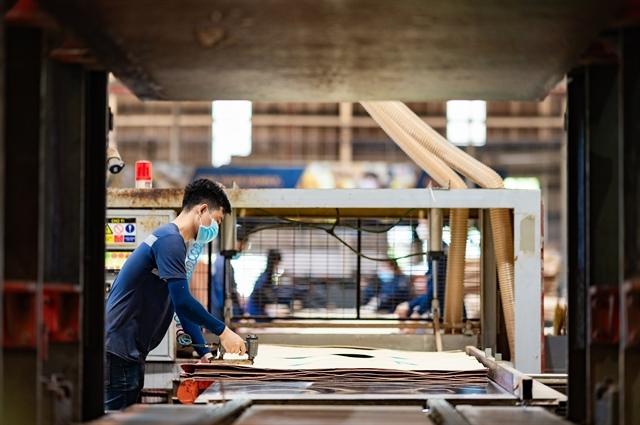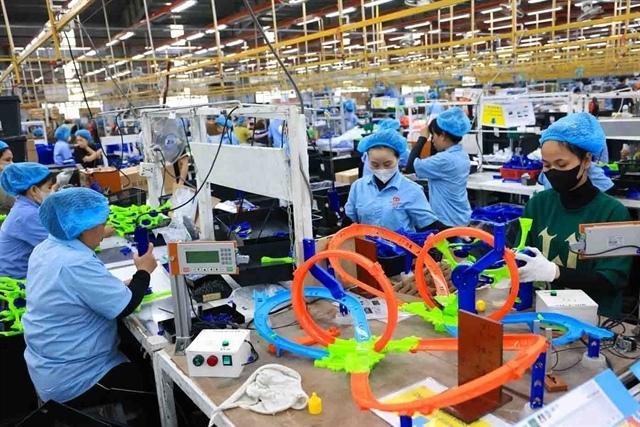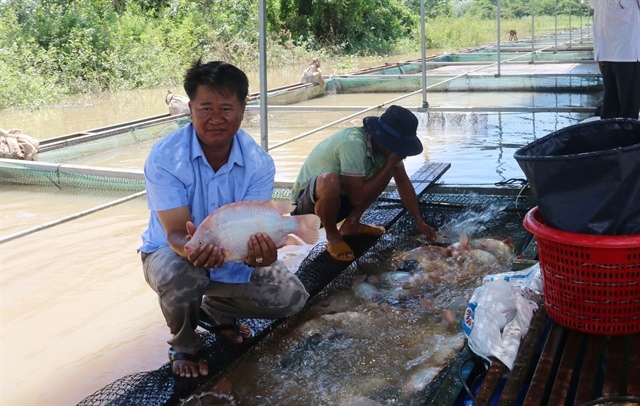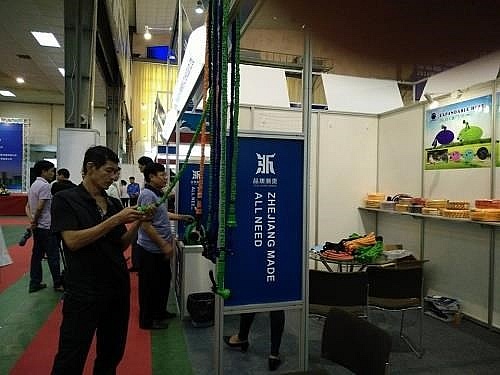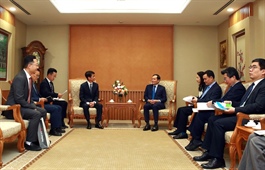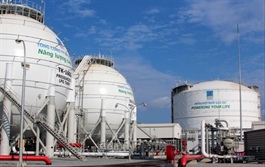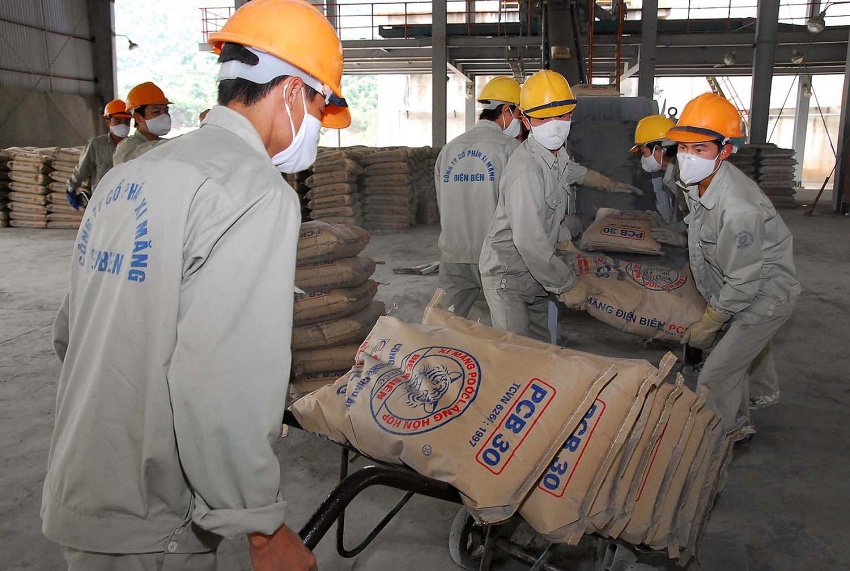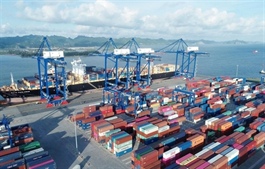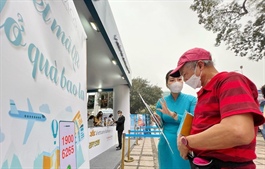Hanoi targets annual export growth of 5.5% until 2030
Hanoi targets annual export growth of 5.5% until 2030
The plan's implementation seeks to capitalize on Hanoi's import-export advantages and promote the city's socioeconomic development toward green growth and rapid and sustainable progress.
Hanoi aims to sustain an annual export growth rate of 4.4-5% between 2023 and 2025 and 5.1-5.5% between 2023 and 2030.
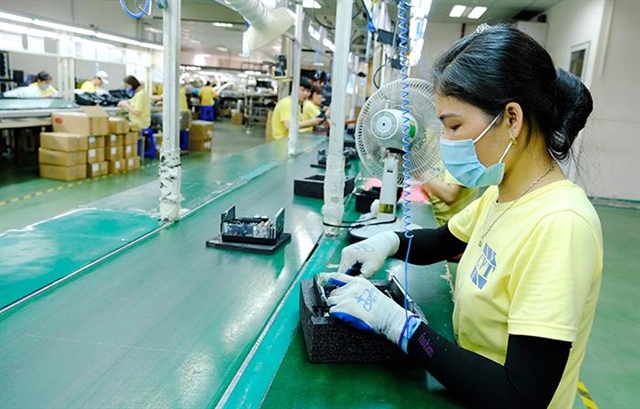
|
The goals were included in the action plan to achieve Hanoi's import-export strategy until 2030, which was signed off on March 30 by Vice Chairman of the municipal People's Committee Nguyen Manh Quyen.
The implementation of this plan seeks to leverage Hanoi's import-export advantages and support its socioeconomic development toward green growth, rapid and sustainable progress, and a stable growth rate in import-export activities.
The emphasis is on the direct export promotion of key and advantageous city goods and attracting investment and technology transfer to improve product quality and reduce costs. The plan also prioritizes product brand development and boosting the value of high-tech exports.
The plan seeks annual export growth of 4.4% to 5% between 2023 and 2025 and annual export growth of 5.1% to 5.5% between 2026 and 2030. By 2030, it is projected that 6 to 10 groups of handicrafts from Hanoi's craft villages will be directly exported to foreign markets, with handicraft exports rising from 3% to 5% of the city's total export proportion.
To accomplish the stated goals, the Department of Industry and Trade has been tasked with leading and collaborating with other departments to assist businesses in researching, developing, and implementing technology transfers and innovations in the trial production of components, spare parts, and raw materials.
The department will also work to improve the quality of human resources to satisfy the requirements of the industry, as well as to facilitate the connection and supply of industrial products to both domestic and foreign markets and to organize an annual ancillary industry fair to attract foreign investment in this field.
Furthermore, the city intends to restructure its industries by integrating digital transformation, particularly in processing and manufacturing, to achieve a breakthrough and boost output and export growth.
The development of hubs for producing and supplying raw materials and accessories for export is also a priority. The city will continue to encourage the development of industrial zones and clusters to attract foreign and domestic investment in producing export-ready products.
The city has successfully executed the project "Mobilizing overseas Vietnamese into introducing, consuming products, and developing distribution channels of Vietnamese goods abroad from 2020 to 2024" to support the consumption and export of Vietnamese goods in foreign markets. This project focuses on networking with domestic and foreign companies and executing the city's craft village development program, which aims to develop production and business activities in craft villages.
The City People's Committee has tasked the Department of Agriculture and Rural Development with leading and coordinating efforts with other departments, branches, districts, towns, and cities to develop high-tech agriculture and create specialized, concentrated, and large-scale production areas. The aim is to create and extend safe agricultural product chains.
Meanwhile, the Hanoi Promotion Agency is responsible for developing trade promotion programs, including overseas market promotion. The agency will work to encourage the consumption of Hanoi's enterprise products and collaborate with provinces and cities across the nation to link goods supply and demand. It will also encourage the introduction and consumption of local goods in the Hanoi market and boost exports.
During the first few months of 2023, the city's import and export turnover decreased, with declines in most of Hanoi's main import and export markets. The total import and export turnover of goods in the first quarter of 2023 is estimated to hit $11.9 billion, a 9.9% decrease from the same time last year. Exports totaled $3.7 billion, a 4.6% decrease, while imports amounted to $8.2 billion, a 12% decrease.
Some items saw a decline in export turnover, such as textile and garment products, which stood at $464 million, a 19.3% decrease; transportation and spare parts, which totaled $348 million, a 13.4% decrease; and agricultural products, which reached $169 million, a 14.8% decrease.


